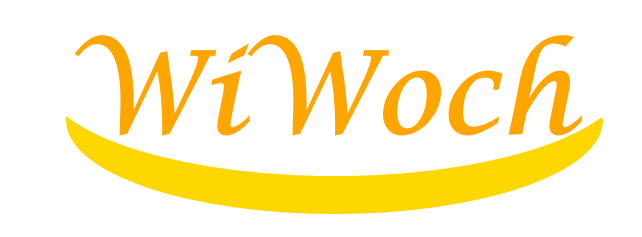Routing
Laravel provides a powerful routing system that makes it easy to define web routes for your application. With Laravel, you can define routes for different HTTP methods, including GET, POST, PUT, PATCH, and DELETE. You can also group related routes, add middleware, and define named routes that make it easy to generate URLs in your views.
Model-View-Controller (MVC)
Laravel follows the Model-View-Controller (MVC) architectural pattern, which separates the application logic into three distinct layers: the Model, the View, and the Controller. The Model layer represents the data and business logic, the View layer represents the user interface, and the Controller layer serves as the intermediary between the Model and the View layers.
This separation of concerns makes it easy to maintain and extend the application code. Laravel provides a robust ORM (Object Relational Mapping) system that allows you to work with your database tables using simple and intuitive syntax.
Routing
Laravel provides a powerful routing system that makes it easy to define web routes for your application. With Laravel, you can define routes for different HTTP methods, including GET, POST, PUT, PATCH, and DELETE. You can also group related routes, add middleware, and define named routes that make it easy to generate URLs in your views.
Model-View-Controller (MVC)
Laravel follows the Model-View-Controller (MVC) architectural pattern, which separates the application logic into three distinct layers: the Model, the View, and the Controller. The Model layer represents the data and business logic, the View layer represents the user interface, and the Controller layer serves as the intermediary between the Model and the View layers.
This separation of concerns makes it easy to maintain and extend the application code. Laravel provides a robust ORM (Object Relational Mapping) system that allows you to work with your database tables using simple and intuitive syntax.
1 Comments
0 Shares

 Change Language
Change Language